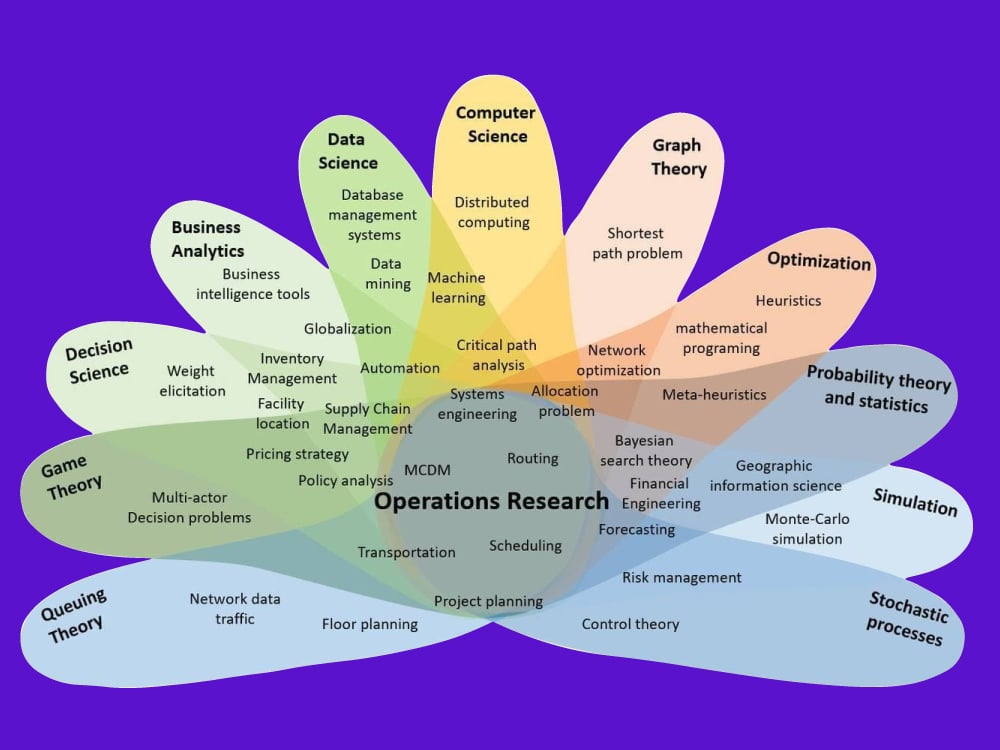Technology
Instead of crew pairings, we only generate flight duty periods. To accomplish this, we implemented FTL requirements at the MIP level

Our unconventional approach
When facing a big task, it helps if you break the task down into smaller, isolated and more manageable jobs by aircraft type, by crew base airports, or day ranges.
If a decomposed problem is still too complex for fast resolution, we solve it stepwise as follows: first, the continuous problem (LP) is solved and some variables are fixed using the reduced cost method. Then we determine the most important results for the MIP problem. For example: can we avoid violating the law or are there enough pilots for the job? Finally, we solve a dramatically simplified MIP problem given all the restrictions and look for the best solution here.
Rosterize combines operations research and several related technologies, including machine learning, distributed computing, and optimization
Planning and scheduling tasks are of discrete nature, still better solved via operations research. Both operations research and machine learning are based on the universal gradient descent method and are similar: one is continuous and the other is discrete.
Our method spotlights key data without generating numerous columns and thus prevails over any traditional scheduling in both speed and quality

